Low porosity hair has a tightly sealed cuticle layer, which can make it challenging for moisture and oils to penetrate. As a result, hair often feels dry and lacks elasticity. The key to maintaining healthy, hydrated low porosity hair is choosing the right oils that can effectively penetrate the hair shaft without weighing it down. In this guide, we’ll explore the best oils for low porosity hair and how to use them for optimal results.
What Is Low Porosity Hair
Low porosity hair means that the hair cuticles are tightly packed together, making it difficult for moisture and products to be absorbed. While this hair type is less prone to frizz, it often struggles with retaining moisture because water and products tend to sit on top of the hair rather than being absorbed.
Characteristics of Low Porosity Hair:
- Water beads up on the surface rather than soaking in.
- Hair takes longer to get fully saturated when wet.
- Products often sit on top of the hair, causing buildup.
If you notice these characteristics, your hair might be low porosity, and it’s essential to select oils that can effectively hydrate without causing buildup.
Best Oils for Low Porosity Hair
Low porosity hair benefits most from lightweight oils with small molecules that can penetrate the hair shaft. Here are some of the top choices:
1. Argan Oil
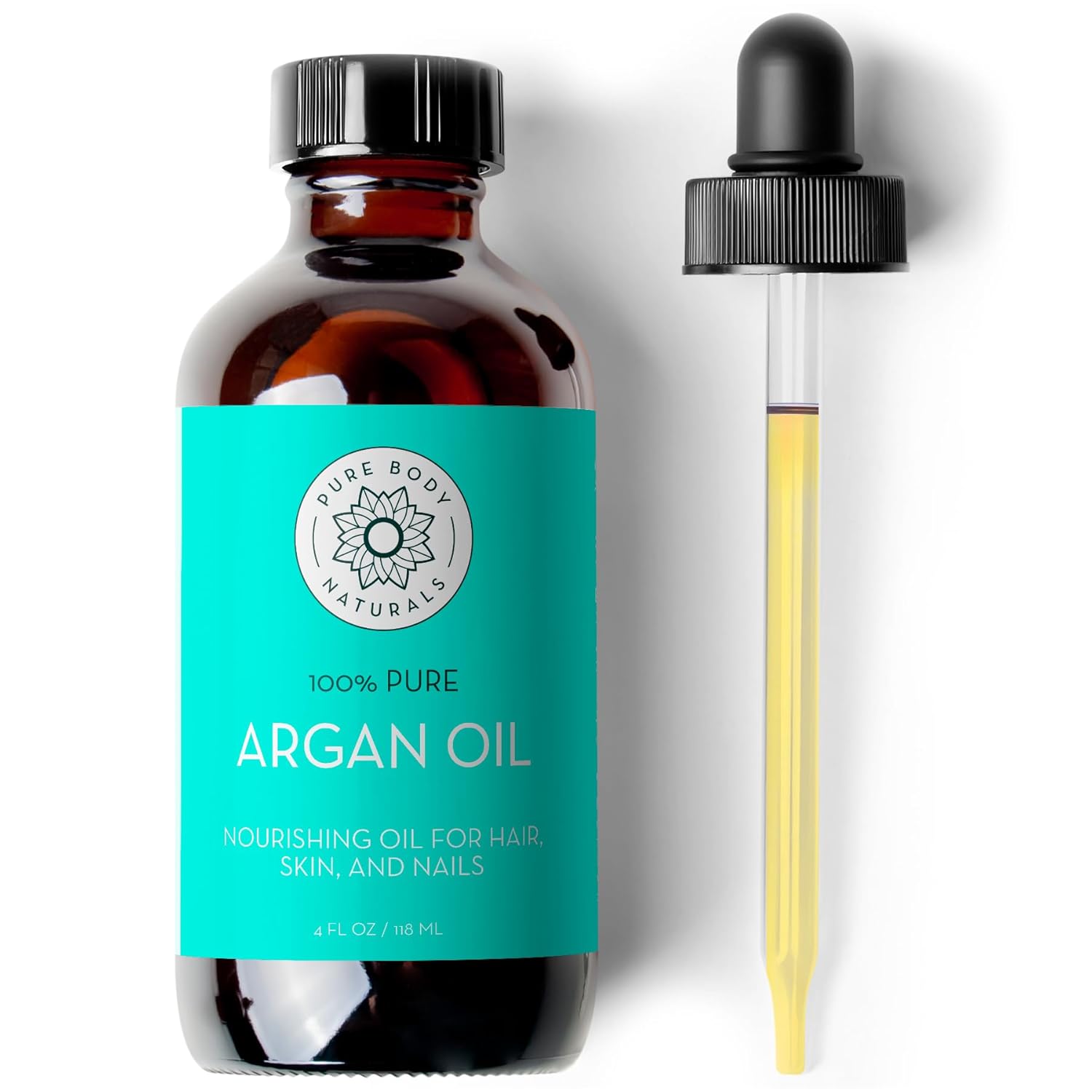 Argan oil is rich in essential fatty acids, vitamin E, and antioxidants. It’s a lightweight oil that absorbs easily into the hair without leaving a greasy residue. Argan oil is excellent for moisturizing low porosity hair, adding shine, and reducing frizz.
Argan oil is rich in essential fatty acids, vitamin E, and antioxidants. It’s a lightweight oil that absorbs easily into the hair without leaving a greasy residue. Argan oil is excellent for moisturizing low porosity hair, adding shine, and reducing frizz.
How to use: Apply a few drops to damp hair, focusing on the mid-lengths and ends. You can also use it as a leave-in conditioner or a finishing oil for added shine.
2. Jojoba Oil
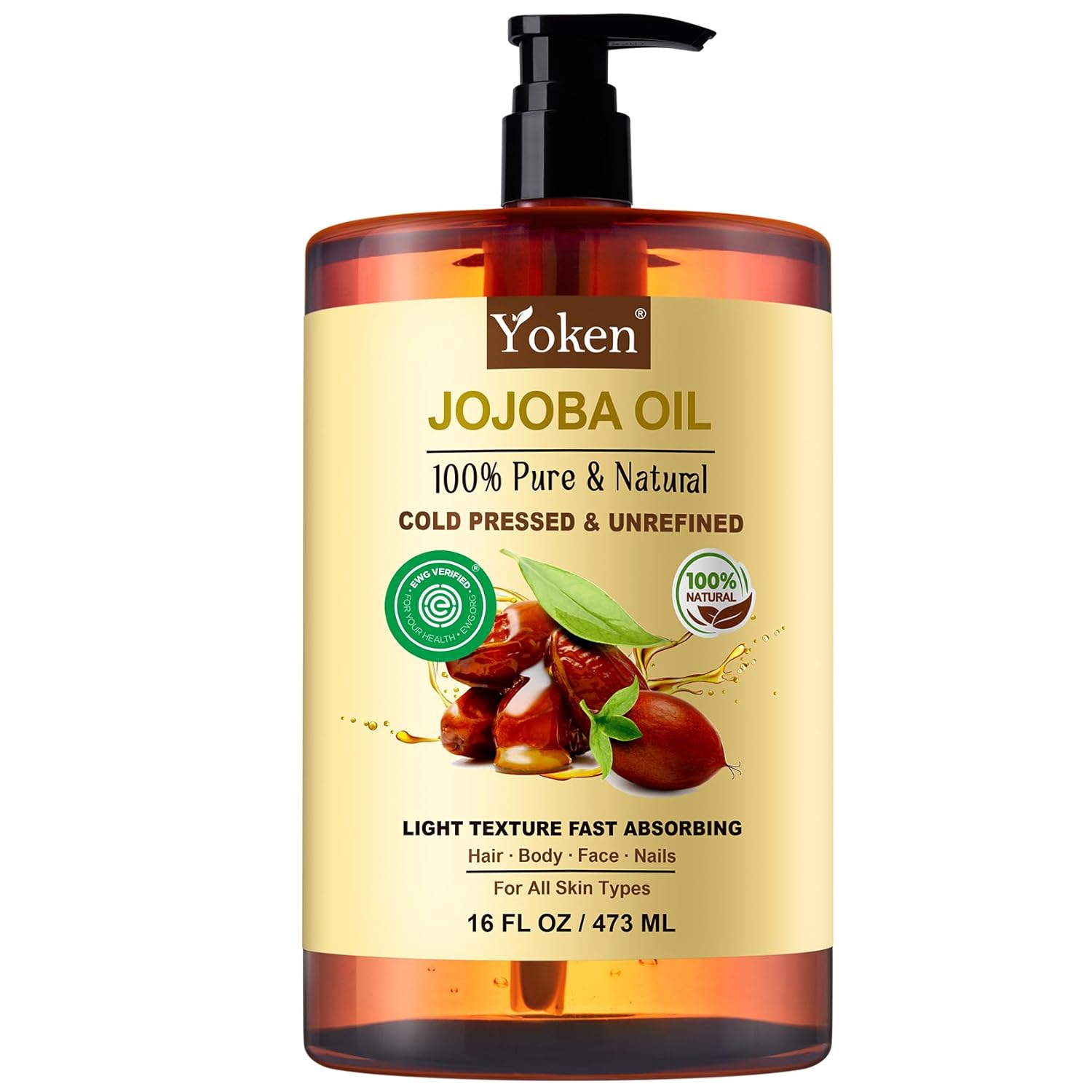 Jojoba oil closely mimics the natural oils produced by the scalp, making it an ideal choice for low porosity hair. It’s non-greasy, lightweight, and helps regulate the scalp’s natural oil production. Jojoba oil also helps in balancing moisture and adding shine.
Jojoba oil closely mimics the natural oils produced by the scalp, making it an ideal choice for low porosity hair. It’s non-greasy, lightweight, and helps regulate the scalp’s natural oil production. Jojoba oil also helps in balancing moisture and adding shine.
How to use: Warm a small amount of jojoba oil between your palms and distribute it evenly through your hair, concentrating on the ends. It’s perfect for sealing in moisture after a wash.
3. Grapeseed Oil
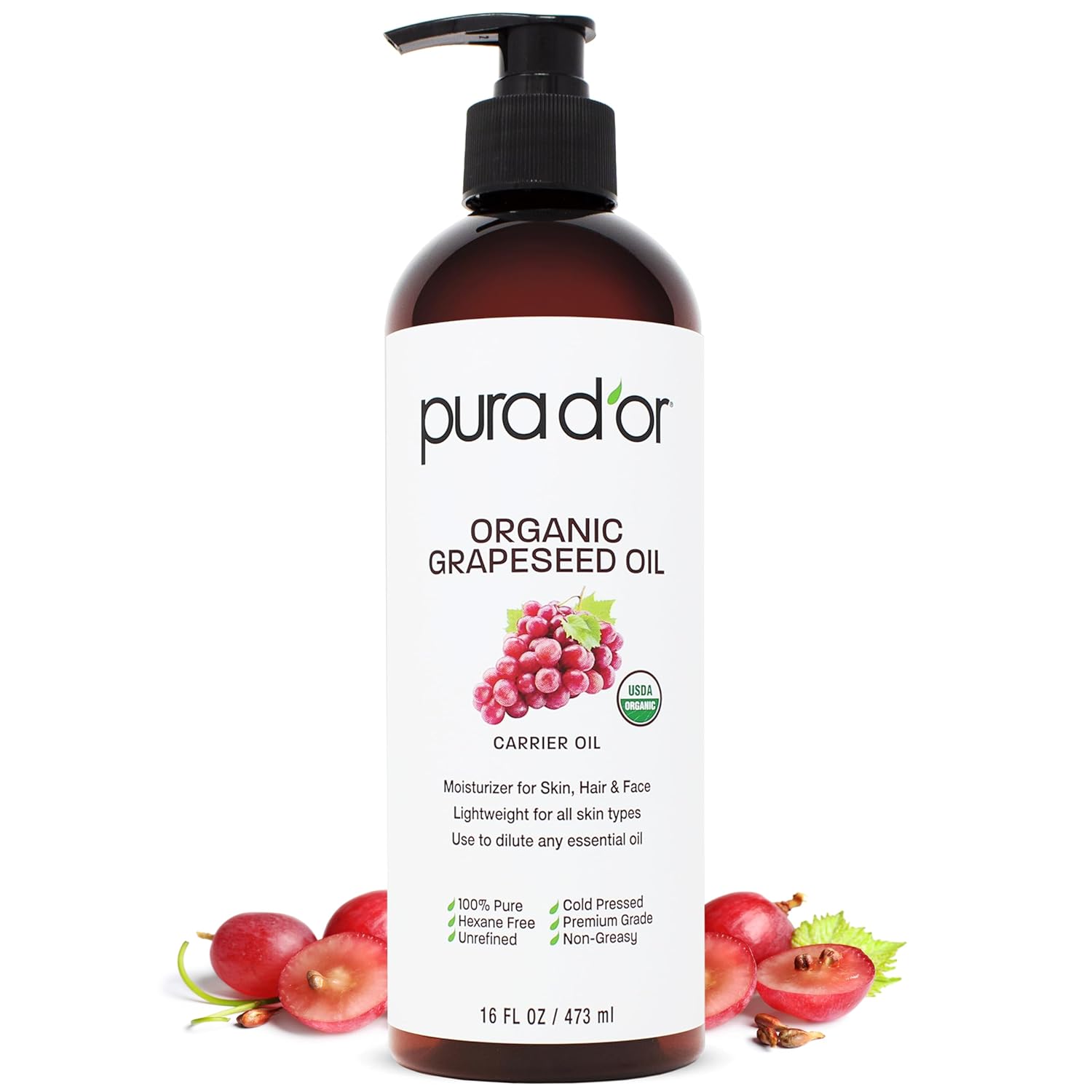 Grapeseed oil is another fantastic option for low porosity hair due to its lightweight nature. It’s rich in linoleic acid, an omega-6 fatty acid that helps lock in moisture without weighing the hair down. Grapeseed oil also has a high smoke point, making it a great heat protectant.
Grapeseed oil is another fantastic option for low porosity hair due to its lightweight nature. It’s rich in linoleic acid, an omega-6 fatty acid that helps lock in moisture without weighing the hair down. Grapeseed oil also has a high smoke point, making it a great heat protectant.
How to use: Use it as a light sealant after applying a water-based leave-in conditioner. You can also apply it before using heat tools for added protection.
4. Sweet Almond Oil
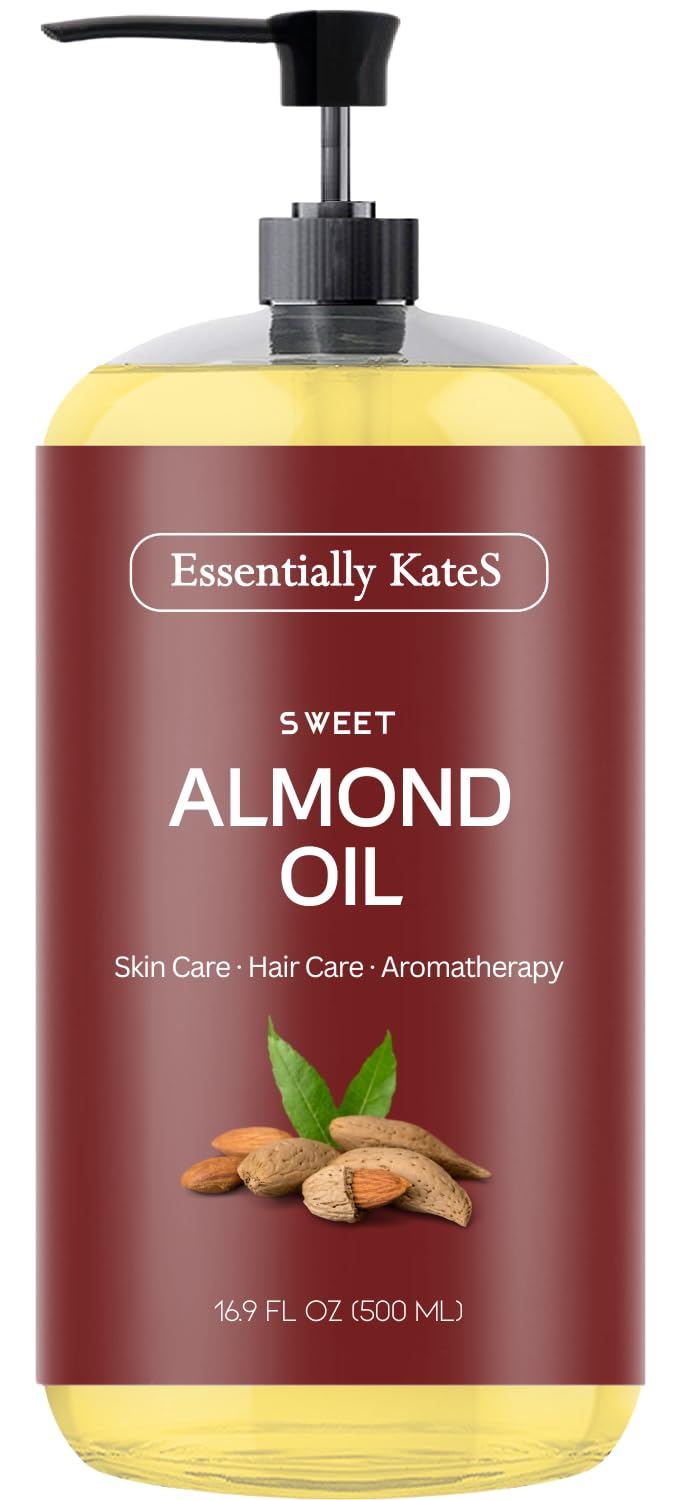 Sweet almond oil is packed with vitamins A, B, and E, making it a nourishing choice for low porosity hair. Its light texture allows it to be easily absorbed, providing moisture and softness without feeling heavy.
Sweet almond oil is packed with vitamins A, B, and E, making it a nourishing choice for low porosity hair. Its light texture allows it to be easily absorbed, providing moisture and softness without feeling heavy.
How to use: Massage a few drops into your scalp and hair before styling. It can also be added to your regular conditioner for an extra boost of hydration.
5. Sunflower Oil
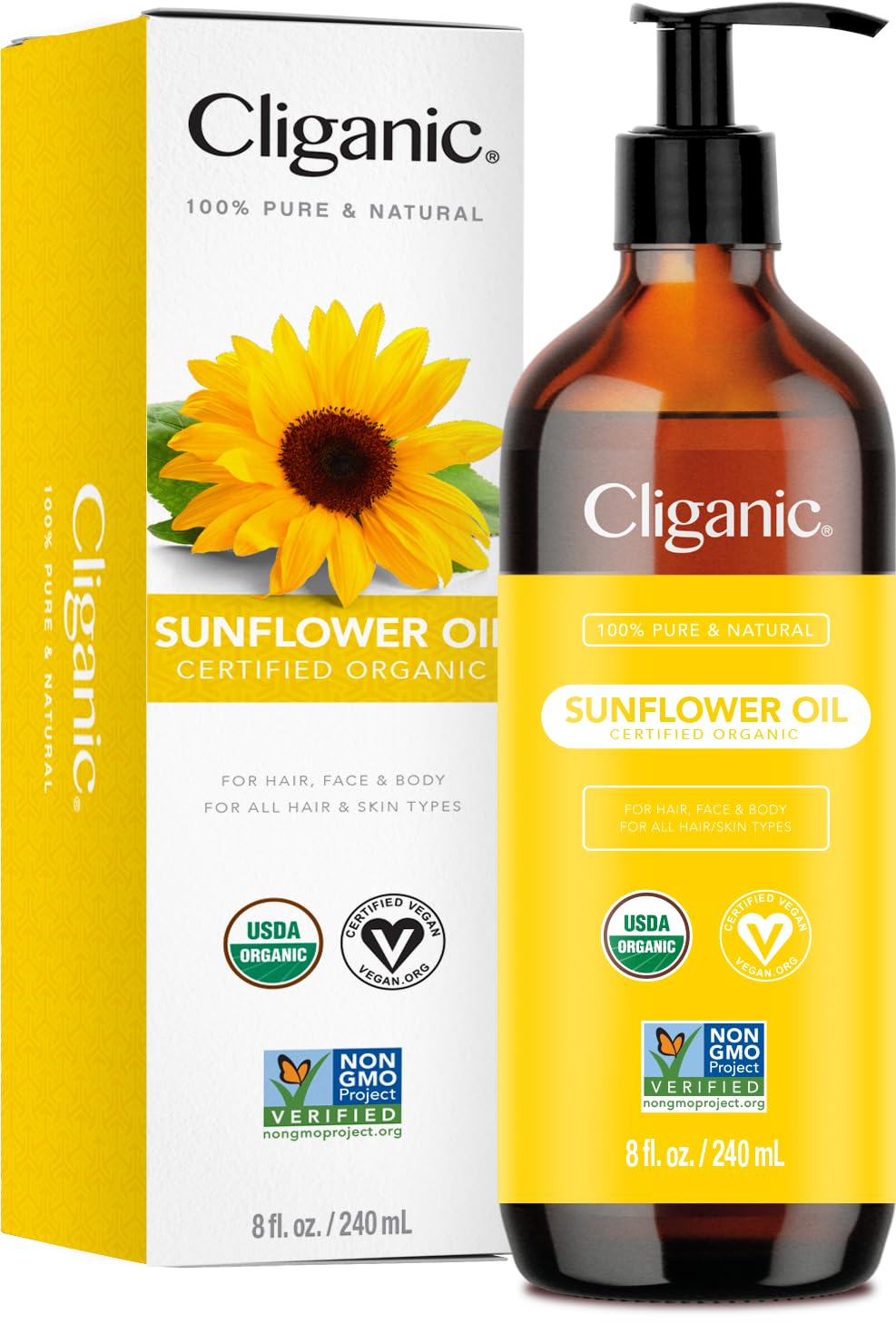 Sunflower oil is high in linoleic acid and vitamin E, which are excellent for moisturizing and softening hair. It’s a lightweight oil that can easily penetrate low porosity hair, providing essential nutrients without causing buildup.
Sunflower oil is high in linoleic acid and vitamin E, which are excellent for moisturizing and softening hair. It’s a lightweight oil that can easily penetrate low porosity hair, providing essential nutrients without causing buildup.
How to use: Add a few drops to your leave-in conditioner or use it as a pre-shampoo treatment to help soften and prepare your hair for washing.
Tips for Using Oils on Low Porosity Hair
- Warm the Oil First: Heating the oil slightly before application can help open the cuticles, allowing the oil to penetrate the hair shaft more effectively.
- Apply to Damp Hair: Applying oils to damp hair helps lock in moisture and prevents the oil from just sitting on the surface.
- Use Sparingly: With low porosity hair, less is more. Start with a small amount of oil and gradually increase if needed. This approach helps avoid product buildup.
DIY Oil Blends for Low Porosity Hair
Creating a blend of lightweight oils can offer a variety of benefits for your low porosity hair. For example:
DIY Moisturizing Blend:
- 1 tablespoon argan oil
- 1 tablespoon grapeseed oil
- 1 tablespoon jojoba oil
Mix these oils in a small bottle and apply a few drops to damp hair as a leave-in treatment.
How to Incorporate Oils Into Your Haircare Routine
For low porosity hair, oils work best when used strategically:
- Pre-poo Treatment: Applying oil before shampooing helps protect hair from losing too much moisture during washing.
- Leave-in Treatment: Use a few drops of oil on damp hair as a leave-in conditioner to seal in hydration.
- Scalp Massage: Regular scalp massages with lightweight oils can help stimulate blood flow and promote hair growth.
Final Thoughts
Choosing the right oil for your low porosity hair can make a significant difference in how your hair looks and feels. Lightweight oils like argan, jojoba, and grapeseed oil can penetrate the hair shaft, providing much-needed moisture without causing buildup. For clients who have undergone scalp micropigmentation (SMP), using these lightweight oils can help maintain a healthy scalp, as they are less likely to clog pores and cause irritation.
At SCALPPRO, we offer personalized aftercare tips to help you keep your hair and scalp in top condition post-SMP treatment. Feel free to reach out to our team for expert advice tailored to your unique needs.